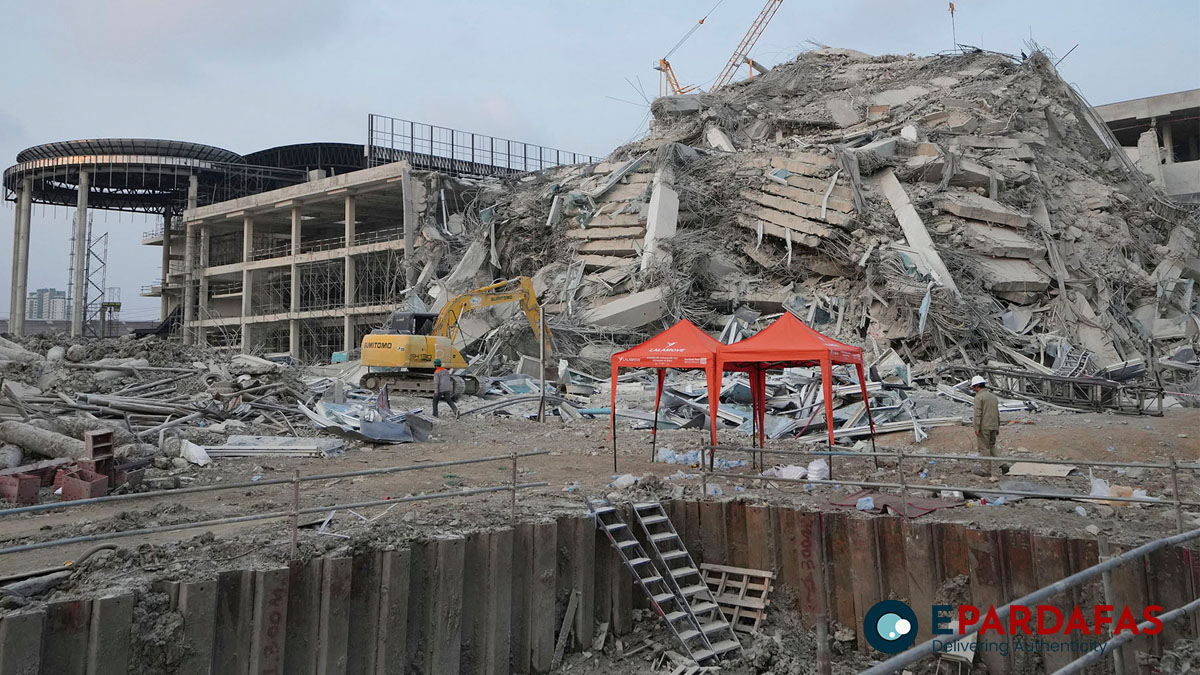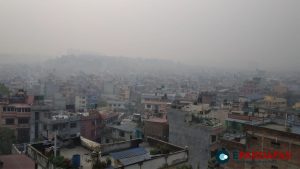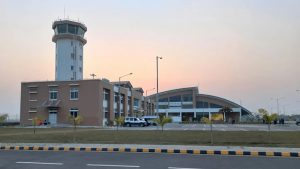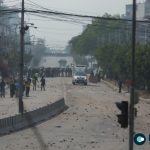
Thai Government Probes Deadly High-Rise Collapse Amid Scrutiny of Chinese Construction Firm
The Thai government has launched an investigation into the catastrophic collapse of a 33-story building in Bangkok, which fell during Myanmar’s recent 7.7-magnitude earthquake. The disaster has left nine confirmed dead and around 100 missing.
The high-rise, a joint Thai Chinese construction project, crumbled in seconds on March 28, with glass cladding and debris falling as a massive dust cloud engulfed the area. Videos of the collapse quickly circulated on social media. Despite being 800 miles from the earthquake’s epicenter, this was the only high-rise structure in Thailand to suffer such a failure. Meanwhile, the death toll in Myanmar has surpassed 1,700, with many still unaccounted for.
Government Investigation Ordered
Prime Minister Paetongtarn Shinawatra addressed public concerns in a press conference on March 29, questioning why this particular building failed while others remained intact. She confirmed that the Department of Public Works and Town and Country Planning has been tasked with investigating the structural failure, with a report due within a week.
“The structural collapse is unprecedented,” Shinawatra said. “We must determine the exact cause, especially given the significant budget allocated and the extended construction deadline.”
Authorities will also scrutinize the building’s design approval process. The structure used a unique “core tube + flat slab” design, which will be thoroughly reviewed.
Building’s Background and Financial Ties
The collapsed high-rise was being constructed as Thailand’s new Office of the Auditor General, with an original completion deadline of December 31, 2023. The $63 million project was a joint venture between Thai firm Italian Thai Development Co. (ITD) and China Railway No. 10 Bureau Group Co., a subsidiary of the state-owned China Railway Engineering Corp. (CREC).
ITD, struggling with financial difficulties from delayed projects, including several in Myanmar, had partnered with China Railway No. 10 Bureau, which holds a 49% stake—the maximum allowed for foreign companies under Thai law. The Chinese firm is also a key contractor in the Belt and Road Initiative’s (BRI) Thai-China high-speed rail project linking Bangkok with Laos and China.
Critics have warned that many BRI projects have led to unsustainable debt for host countries, failing to deliver promised economic benefits while posing national security risks.
Collapse Raises Questions Over Construction Standards
Construction of the building in Bangkok’s Chatuchak commercial area began in 2020 but faced delays during the COVID-19 pandemic. On April 3, 2024, China Railway No. 10 Bureau announced the completion of the structure’s framework, sharing photos of workers celebrating the milestone with a banner in Chinese. However, following the collapse, the company quickly removed all references to the project from its website and social media.
Chinese media reports have largely avoided mentioning the involvement of the China Railway 10th Bureau, with only one report from financial outlet Caixin acknowledging it—before being removed. Other state-controlled Chinese news agencies claim the building was only 30% complete at the time of collapse.
Experts Point to Structural Weakness
Thai Deputy Prime Minister and Interior Minister Anutin Charnvirakul, who visited the site after the disaster, observed unusual characteristics in the collapse.
“It did not fall from the top down. It was a tear in the columns supporting the structure,” Charnvirakul noted. “We need to investigate the design thoroughly.”
However, he urged against speculation, emphasizing the need for engineers to assess the failure scientifically before drawing conclusions. He also suggested that Thailand may need to revise its building codes for earthquake resistance in the future.
Workers Still Missing Amidst Debris
As of March 29, rescue teams continued searching for trapped workers. Bangkok-based Khaosod English reported that a foreman from TTSW Engineering Ltd. heard cracking sounds in the concrete floors about 10 minutes before the collapse but was unable to identify the source.
Authorities are also dealing with broader concerns, as Bangkok Governor Chadchart Sittipunt revealed that 6,000 reports of structural cracks have been received across the city following the quake. Investigations are ongoing, with safety measures being implemented where necessary.
The Thai government’s probe into the collapse is expected to provide critical insights into potential structural flaws, accountability, and whether the tragedy could have been prevented.













Comments